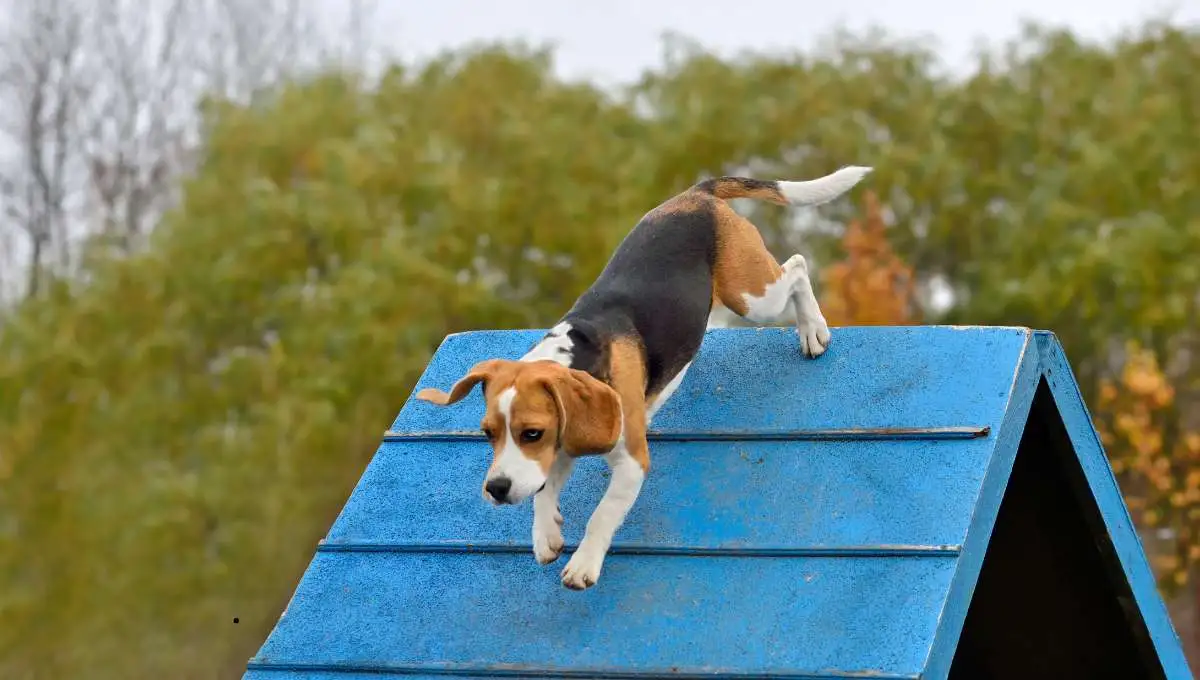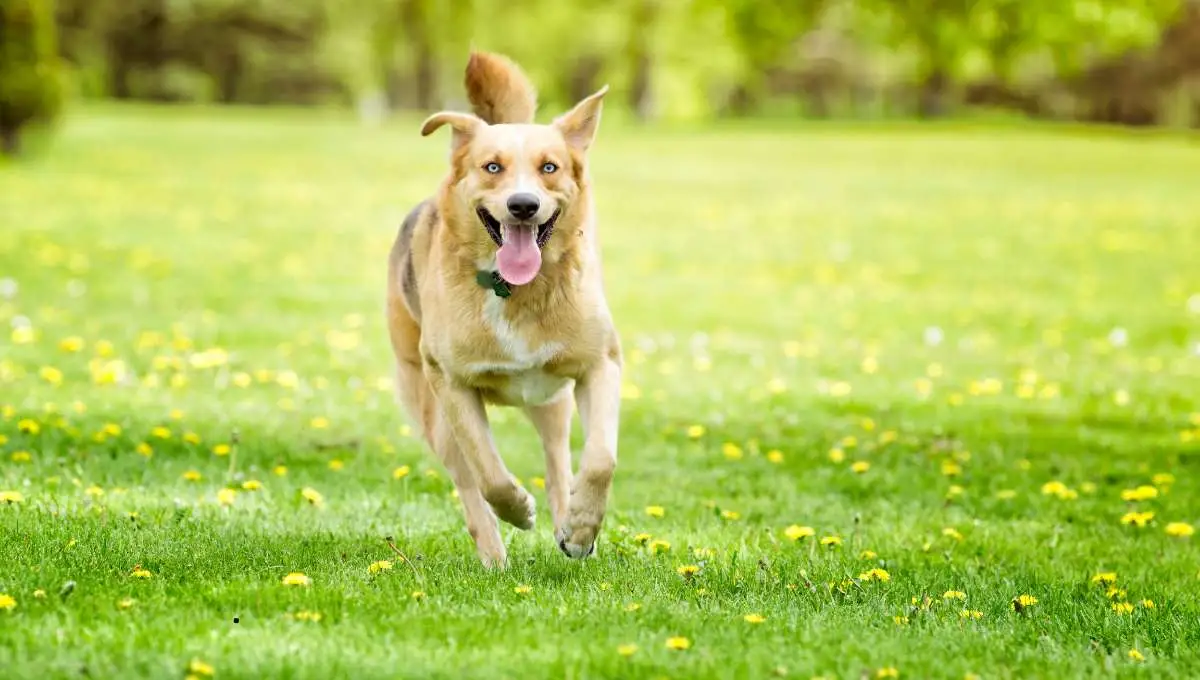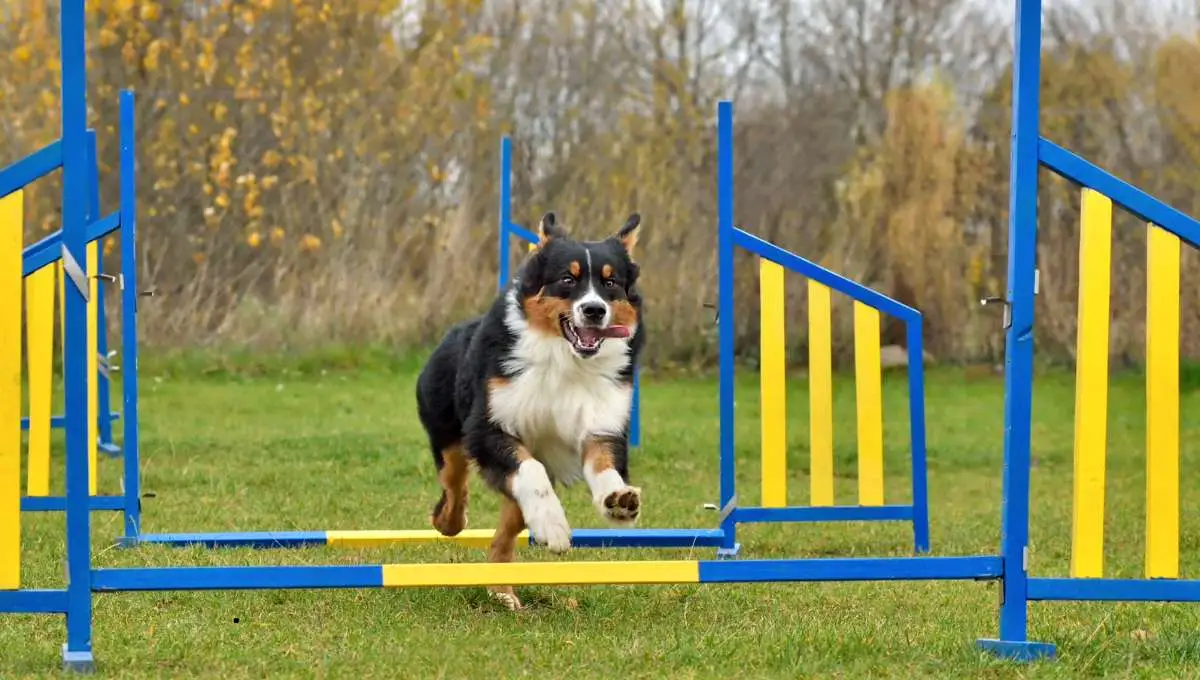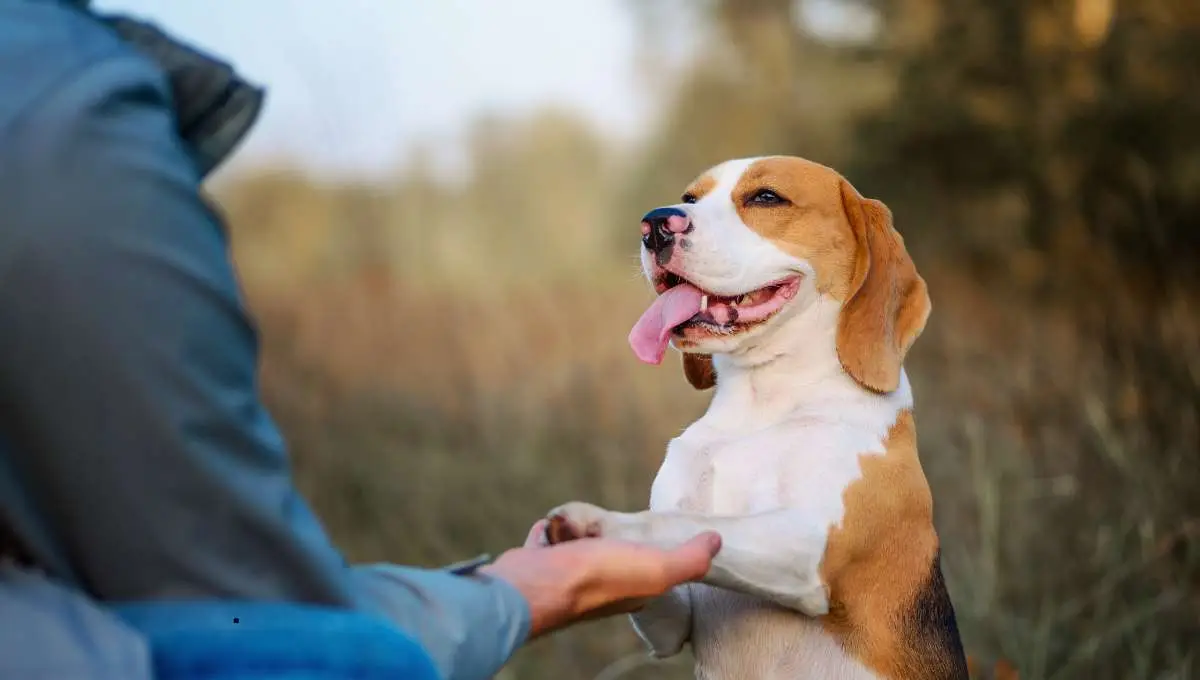Most dog owners dream of watching their furry companions master an agility course effortlessly. Training your dog on an agility course can be a rewarding experience that promotes physical fitness, mental stimulation, and bonding between you and your pet. However, it is important to approach this activity with the right techniques and patience to ensure both you and your dog enjoy the process while staying safe.
In this guide, we will cover the crucial steps and tips to successfully train your dog on an agility course, from introducing the obstacles to perfecting their performance. Let’s get started on enhancing your dog’s agility skills!
Preparing Your Dog for Agility Training
Essential Traits and Factors to Consider
Preparing your dog for agility training requires certain traits and considerations. Firstly, your dog should have a good foundation in basic obedience commands such as sit, stay, and come. Additionally, dogs who are eager to learn, energetic, and have a strong bond with their owners tend to excel in agility training. It’s also crucial to consider your dog’s age, health, and physical abilities before starting agility training. Assume that your dog is in good health and enjoys physical activity before proceeding.

Building Your Dog’s Physical Fitness
Physical fitness is a crucial aspect of preparing your dog for agility training. Before starting any agility exercises, make sure your dog is in good physical condition. Regular walks, runs, and play sessions can help improve your dog’s stamina and muscle tone.
Introduce short bursts of high-intensity activities to gradually build your dog’s endurance and strength. Essentially, a fit and healthy dog will be better equipped to handle the physical demands of agility training.
Setting Up Your First Agility Course
Equipment and Space Requirements
You have decided to train your dog in agility and now it’s time to set up your first course. There are a few things you will need to get started. First, make sure you have a large enough space to accommodate the agility equipment. An ideal space would be a backyard or a park where you have enough room for your dog to run and maneuver through the course. You will also need crucial agility equipment such as jumps, tunnels, weave poles, and a pause table.
Tips for DIY Agility Course Construction
There’s nothing more rewarding than building your own agility course for your dog. To construct your DIY agility course, start by sketching out a plan of your course layout. Research online for ideas and guidelines on how to build each piece of equipment. Utilize materials like PVC pipes, wood, and fabric to create jumps, weave poles, and tunnels. After completing the construction, ensure that all equipment is safe and secure for your dog to use.
- Plan your course layout carefully.
- Use materials like PVC pipes, wood, and fabric to build equipment.
- Ensure all equipment is safe and secure for your dog.

You can customize your DIY agility course to cater to your dog’s strengths and weaknesses. By incorporating different obstacles and challenges, you can help your dog improve its agility and coordination. After setting up the course, start training your dog slowly and gradually increase the difficulty as they become more confident and skilled.
How-to: Training Techniques for Agility Success
Getting Started with Basic Agility Commands
Now is the time to lay the foundation for your dog’s agility training. Assuming your dog has basic obedience skills like sit, stay, and come, you can begin introducing agility-specific commands like “tunnel,” “weave,” and “jump.” Consistency and positive reinforcement are key components in this early stage of training.
Advanced Techniques and Tips for Each Obstacle
Now is the time to take your dog’s agility training to the next level. Some advanced techniques and tips for each obstacle include:
- Tire Jump
Technique Tip Focus on height and distance Practice jumping through without touching the tire
It is vital to master each obstacle individually before incorporating them into a full course. Whether it’s the tire jump, A-frame, or weave poles, consistency, patience, and positive reinforcement are crucial for your dog’s success in agility training.

Maintaining Progress and Keeping Training Fun
Varying the Routine to Challenge Your Dog
After mastering the basics of agility training, it is imperative to keep challenging your dog to prevent boredom and maintain progress. Varying the routine by introducing new obstacles, changing the sequence of obstacles, or increasing the difficulty level will keep your dog mentally stimulated and physically engaged.
How to Keep Your Dog Motivated and Engaged
Engaged. Finding ways to keep your dog motivated and engaged is crucial in agility training. Incorporating rewards such as treats, toys, or verbal praise can help keep your dog excited and focused during training sessions. It’s imperative to observe your dog’s behavior and adjust the training methods to suit their preferences, ensuring they remain engaged and eager to participate.
Motivated: Dogs thrive on positive reinforcement, so be sure to provide plenty of praise and rewards when they successfully complete a course or learn a new skill. Additionally, keeping training sessions short and frequent can help maintain your dog’s motivation and prevent burnout. Remember to always make training sessions fun and engaging to keep your dog excited and willing to learn.

Conclusion
Drawing together all the necessary elements of training your dog on an agility course will ensure success in this fun and rewarding activity. By focusing on positive reinforcement, proper equipment, clear communication, and consistent practice, you can develop a strong bond with your dog while also improving their physical and mental fitness.
Remember to be patient and encouraging as you guide your furry companion through various obstacles, always keeping their safety and well-being as the top priority. With dedication and perseverance, you and your dog can enjoy the exhilarating experience of mastering the agility course together.
FAQ
Why is agility training important for my dog?
Agility training is important for your dog as it provides physical and mental stimulation, helps build a strong bond between you and your dog, improves your dog’s coordination and confidence, and enhances overall obedience and listening skills.
How can I start agility training with my dog?
To start agility training with your dog, begin with basic obedience training to establish good communication. Introduce agility equipment gradually, starting with simple obstacles like tunnels and jumps. Use positive reinforcement techniques such as treats and praise to encourage your dog and make training fun.
What are some tips for successful agility training sessions?
Some tips for successful agility training sessions include keeping training sessions short and engaging, being patient and consistent with your dog, adjusting training techniques based on your dog’s progress and behavior, and always ending on a positive note. Remember to practice safety measures and consult a professional trainer if needed.
